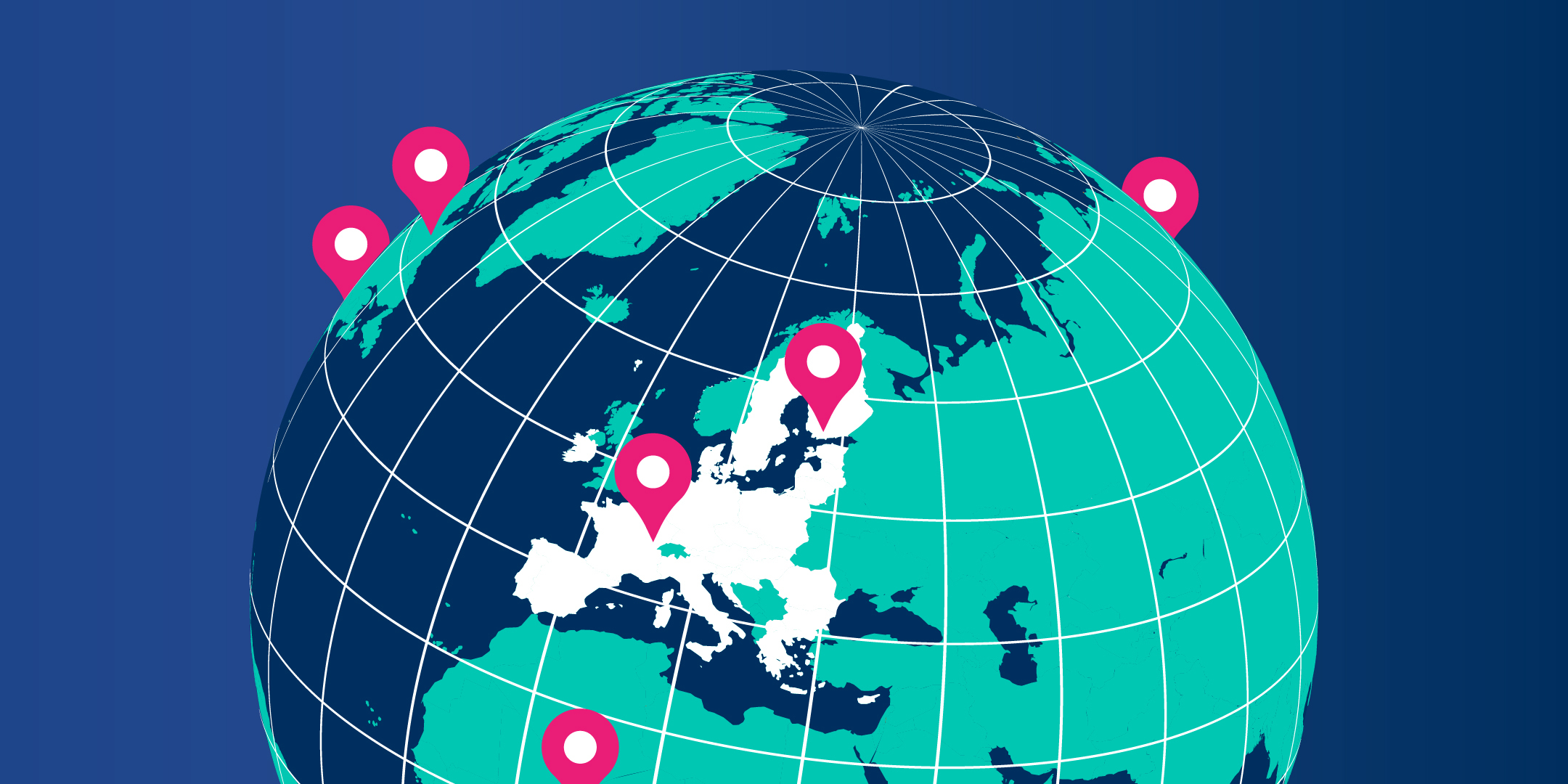CSC’s recommendations for the implementation of Finland’s digital compass, part 2: Focus on RDI
In my blog post published earlier, I presented CSC’s proposals on how the development of legislation and the infrastructure ecosystem should be taken into account when implementing Finland’s Digital Compass. In this sequel, I focus on reflecting on the role of the digital compass in supporting RDI activities. One can also read more about both topics in our statement to the Transport and Communications Committee of the Parliament of Finland regarding the implementation of the digital compass.
Let’s leverage Finland’s world-class tools to strengthen the competitiveness of RDI
Digitalization must be seen above all as an enabler of research, product development, innovation and new competences. Finland’s digital compass must reflect this. One of the key tools for developing competences is LUMI, a pan-European supercomputer located in Kajaani. LUMI is the third most powerful supercomputer in the world, and has been rightly identified in the key results of the digital compass. In fact, thanks to LUMI, Finland is already at the level presented in the key result in question — “The pan-European LUMI supercomputer system and the associated ecosystem and international cooperation networks are one of the world’s largest players in the high-performance computing area”. The objective of “Finland has comprehensive infrastructures” should therefore be considerably more ambitious.
LUMI raises the capabilities of Finnish RDI operators and companies to an unprecedented level. Therefore, it is important that its significance is widely understood across the whole society. The life cycle of the current system does not extend beyond 2026-27, and hence it is crucial that Finland aims for a timely continuation of this investment. A political commitment for this must be secured during the upcoming electoral mandate. Long-term sustainability is important for research groups and international partners of the LUMI consortium, as well as for ensuring Finland’s position as one of the most advanced countries of high-performance computing and data infrastructures for decades to come. LUMI is a central instrument in many key areas, such as research on climate change and biodiversity. In this regard, major international projects coordinated by CSC are already under way, such as the projects on the digital twins of the Earth’s climate and biodiversity.
Also companies can use LUMI to develop their own RDI capabilities and businesses, since 20% of LUMI’s capacity is reserved for companies. We are glad that the digital compass recognizes the importance of cooperation between companies, universities and research institutions. Some industrial projects are already underway on LUMI, in areas such as electrical magnetics, machine learning and mathematical modeling. However, this part of LUMI must be strengthened further so that the investments already made can be fully leveraged for the benefit of Finnish industry. This is important for boosting Finland’s competitiveness, employment and productivity, and must thus be taken into account in the Digital Compass.
Finland has the potential to increase its share of EU’s RDI funding
Now that we have the most powerful RDI tools in the world, we must ensure that Finnish researchers and companies can leverage them to compete on EU’s R&D funding. The tools exist now for doing large-scale multi-disciplinary research missions. However, the lack of funding for project inkind funding and project preparation is a key bottleneck among research and industry players. This was recognized in the preparation phase of the digital compass, but unfortunately it did not make its way to the actual objectives of the compass. Solving this issue would incentivise Finns to compete for and be more successful in EU funding. In addition to attracting more EU funding to Finland, this would potentially create new knowledge, employment, investments opportunities for internationalization and networks. Higher activity in EU projects would also increase Finland’s weight in EU decision-making. I really hope that the next government will take this onto its agenda.
The goals of the digital compass must be placed on the to-do list of the next government!
The aim of the digital compass is to develop Finland’s long-term competitiveness. It is inevitable that the quality and quantity of RDI activities play a significant role in this context, and actually the digital compass provides an opportunity to strengthen RDI in Finland. What we need to do, is to transform the compass into concrete objectives linked to existing resources, tools and areas of expertise.
Therefore, the digital compass must become a strategic tool that extends beyond electoral mandates, to guide the development of digitalization and the data economy, and to create competences and growth that serve the whole society.
Finland has momentum to be a global pioneer in digitalization. Let’s take advantage of this opportunity!
Kimmo Koski
Managing Director at CSC – IT Center for Science Ltd.
